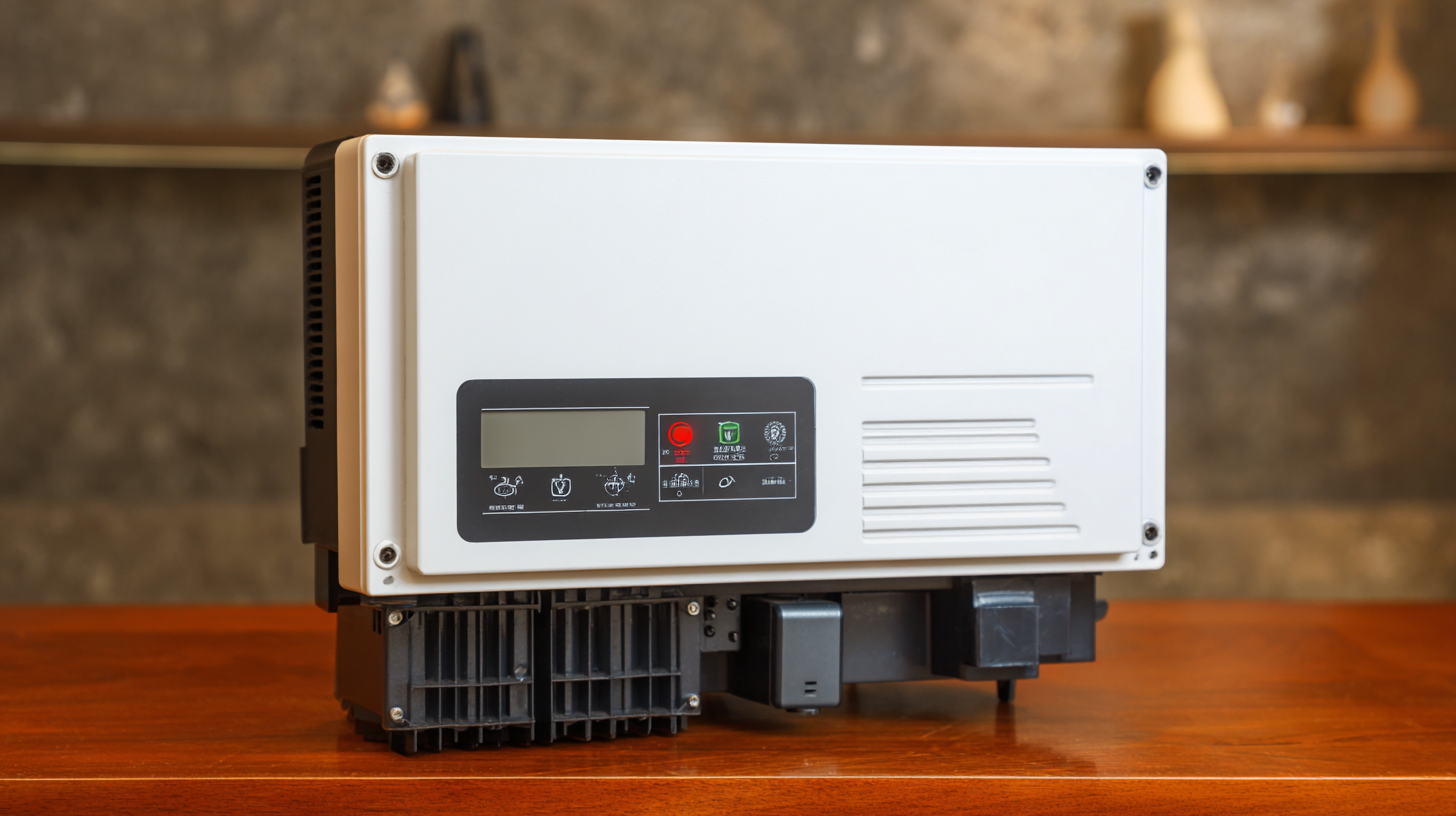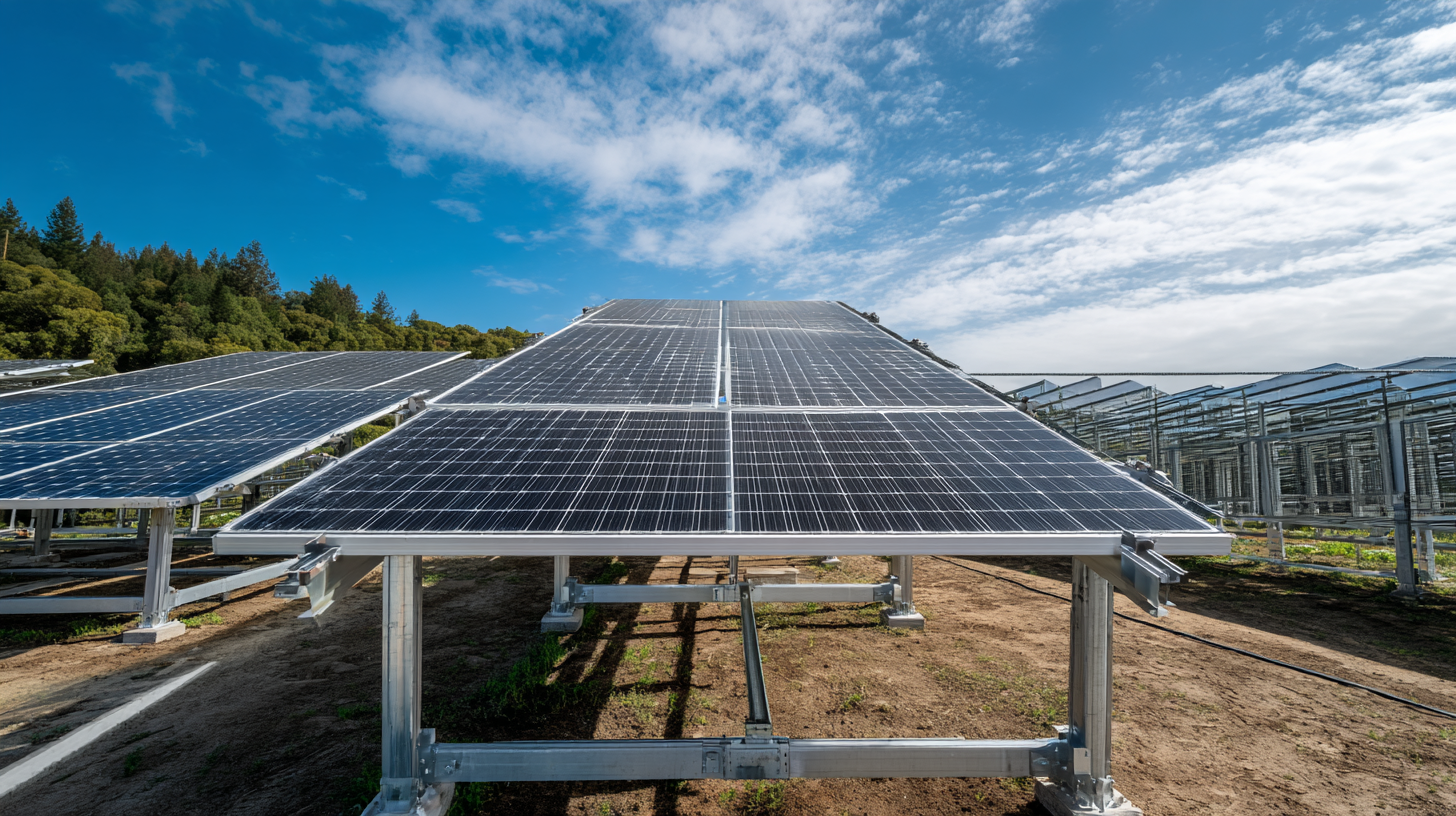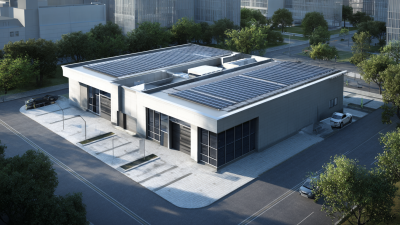ALL PRODUCTS
- Solar Panel
- Hybrid Inverter
- Lithium Battery
GSB SOLAR LITHIUM BATTERIES
- Gel Battery
- Solar Street Lights
- Pump Inverter
In today's energy landscape, the shift towards renewable sources is accelerating, and hybrid inverter systems are at the forefront of this transition. According to the International Renewable Energy Agency (IRENA), hybrid energy systems can increase renewable energy use by up to 40%, significantly lowering energy costs and carbon emissions.
 A hybrid inverter integrates both solar and battery technologies, providing a versatile solution that optimizes energy savings and ensures maximum efficiency. Reports indicate that households using hybrid inverters can reduce their electricity bills by nearly 70%, making them an economical choice for energy consumption.
As energy demands rise, understanding how to effectively implement and optimize a hybrid inverter system becomes crucial for homeowners and businesses alike, allowing them to harness the full potential of their energy investments.
A hybrid inverter integrates both solar and battery technologies, providing a versatile solution that optimizes energy savings and ensures maximum efficiency. Reports indicate that households using hybrid inverters can reduce their electricity bills by nearly 70%, making them an economical choice for energy consumption.
As energy demands rise, understanding how to effectively implement and optimize a hybrid inverter system becomes crucial for homeowners and businesses alike, allowing them to harness the full potential of their energy investments.
Hybrid inverter systems represent a significant advancement in energy management, allowing users to optimize their power consumption while maximizing efficiency. These systems combine the functionalities of traditional grid-tied inverters and battery storage, enabling the integration of renewable energy sources like solar panels. This combination ensures that excess energy generated during peak sunlight hours can be stored for later use, reducing reliance on the grid and lowering energy costs.
The efficiency benefits of hybrid inverter systems are multifaceted. By utilizing stored energy during periods of high demand or when energy prices surge, households and businesses can significantly reduce their electricity bills. Moreover, hybrid inverters enhance energy independence by providing backup power during outages, ensuring continuity of energy supply. Their smart technology also allows for real-time monitoring and adjustment of energy usage, further enhancing efficiency and sustainability. As the world shifts towards cleaner energy solutions, understanding and implementing hybrid inverter systems can lead to substantial energy savings and a more eco-friendly lifestyle.
When selecting a hybrid inverter system for maximum energy savings, there are several key features to consider. First and foremost, look for an inverter with high efficiency ratings. This is crucial, as a more efficient inverter will convert more of the collected energy into usable power, maximizing your savings on utility bills. Additionally, aim for an inverter that supports multiple energy sources, such as solar panels and grid power, allowing for greater flexibility in energy management.
Another important feature is the ability to monitor energy usage in real-time. Smart inverters equipped with monitoring capabilities can provide insights into your energy consumption patterns, helping you optimize usage during peak and off-peak hours. Moreover, consider the inverter’s compatibility with energy storage systems. A hybrid inverter that can seamlessly integrate with batteries will enable you to store excess energy generated during the day for use at night, further enhancing your energy savings and efficiency. This combination of features can significantly contribute to achieving optimal savings in your energy consumption.
Integrating renewable energy sources with a hybrid inverter system is a strategic approach to maximizing energy savings and enhancing overall efficiency. First, consider the primary renewable sources available to you, such as solar panels or wind turbines. By pairing these systems with a hybrid inverter, which manages energy conversion and consumption, you can optimize the use of clean energy. Ensure that your inverter is compatible with both the energy generation and storage components, allowing excess energy to be stored for later use.
Additionally, employing smart energy management tactics can further increase efficiency. Implementing energy monitoring tools will enable you to track usage patterns and adjust accordingly. This includes programming your inverter to utilize renewable sources during peak production hours and reducing reliance on grid power during high-demand periods. Furthermore, consider incentives for home battery storage systems that allow for energy storage when production exceeds consumption. By prioritizing these strategies, you can create a seamless integration of renewable resources with your hybrid inverter, ultimately leading to significant energy savings and sustainability.
Monitoring and adjusting your energy usage is crucial for maximizing the efficiency of a hybrid inverter system. These systems combine both solar photovoltaics (PV) and traditional grid electricity, offering unique opportunities for energy savings. By utilizing monitoring tools, homeowners can gain insights into their energy consumption patterns. This information empowers users to identify peak usage times and adjust their activities accordingly, such as operating major appliances during off-peak hours or maximizing energy use when solar generation is at its highest.
Furthermore, regular monitoring allows for fine-tuning of the hybrid inverter settings. By adjusting these parameters, users can optimize energy storage and consumption strategies. For instance, by setting specific thresholds for battery charge levels, homeowners can ensure that excess solar energy is stored efficiently rather than wasted. Additionally, integrating smart home technology can further enhance energy management by automatically regulating device usage based on real-time energy availability, leading to substantial savings over time.

 To ensure the longevity and performance of your hybrid inverter system, regular maintenance is crucial. Start by performing routine inspections of the inverter and its connections. Look for any signs of wear or damage, such as frayed wires or corrosion. Additionally, keeping the inverter clean from dust and debris can prevent overheating, which is a common issue that can degrade the unit's performance over time.
To ensure the longevity and performance of your hybrid inverter system, regular maintenance is crucial. Start by performing routine inspections of the inverter and its connections. Look for any signs of wear or damage, such as frayed wires or corrosion. Additionally, keeping the inverter clean from dust and debris can prevent overheating, which is a common issue that can degrade the unit's performance over time.
Another essential maintenance tip is to monitor the software and firmware updates provided by the manufacturer. These updates can enhance the inverter's efficiency and ensure it is operating at peak performance. Regularly checking the battery health is also important; maintaining an optimal charging state can prolong the lifespan of both the battery and inverter. Finally, consider scheduling professional maintenance checks yearly to identify potential issues early and ensure that your hybrid inverter system is running as efficiently as possible.






